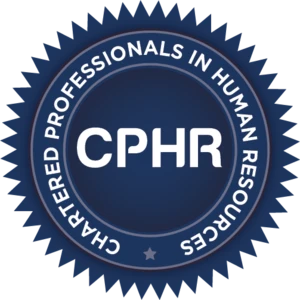April 28, 2016
It is critical for those involved in labour relations to be familiar with the key principles of collective agreement interpretation and with innovative clauses that can be included in agreements to address changes in the legal, social, technological, and economic landscape. In this session, Lancaster’s experts will provide a review of the rules of collective agreement interpretation that are applied by arbitrators when disputes arise. They will also discuss innovative contract language negotiated in recent Canadian collective agreements.
- Innovative clauses: What are some innovative clauses that have recently been negotiated related to: benefits, compensation, accommodation, psychological health and safety, harassment and bullying, domestic violence, LGBTQ employees and/or gender transition, privatization, contracting out, work-life balance, pre- and post-retirement, and job security?
- The plain meaning rule: How do arbitrators analyze the precise language used in an agreement to interpret meaning? What is the “plain meaning principle?”
- Purposive interpretation: What is the difference between the way arbitrators interpret collective agreements and the way adjudicators interpret standard commercial contracts? What is the reason for this difference? When interpreting the collective agreement, should arbitrators apply a liberal analysis similar to the “purposive analysis” that is applied in the context of statutory interpretation?
- Reading the collective agreement as a whole: What does it mean to “read the collective agreement as a whole?” How do arbitrators analyze the relationship between words and clauses to discern the intention of the parties? What effect do marginal notes and headings in a collective agreement have in aiding interpretation? Does a preamble play any role in contract construction?
- Implied terms: When will arbitrators imply terms into a collective agreement? Should arbitrators imply terms of reasonableness, fairness, and good faith into collective agreements? What legislation is implicitly part of the collective agreement? Are there limits to the principle enunciated in the Supreme Court’s decision in Parry Sound that arbitrators have the authority to interpret and apply all employment-related statutes as implied terms of the collective agreement? What is meant by “incorporation by reference?”
- Use of extrinsic evidence: When will collective agreement language be considered ambiguous such that evidence of past practice and negotiating history will be consulted by arbitrators to ascertain the parties’ intentions?
- Estoppel: When will the past conduct or representations of one party prevent it from enforcing its strict rights under the collective agreement?

The Human Resources Management Association (HRMA) has approved this program for 1.5 CHRP recertification credits.
- Members of the Nova Scotia Barristers Society may count this program for 1.5 Continuing Professional Development hours.
- Each audio conference has been approved by the Law Society of British Columbia for 1.5 Continuing Professional Development hours.
- Each audio conference has been approved by the Law Society of New Brunswick for 1.5 Continuing Professional Development hours.
- Each audio conference has been approved by the Law Society of Saskatchewan for 1.5 Continuing Professional Development hours.
- CPD for Members of the Law Society of Upper Canada: 1.5 Substantive Hours; 0 Professionalism Hours.

